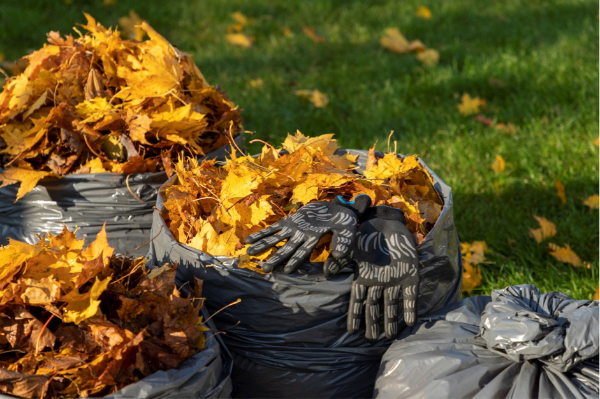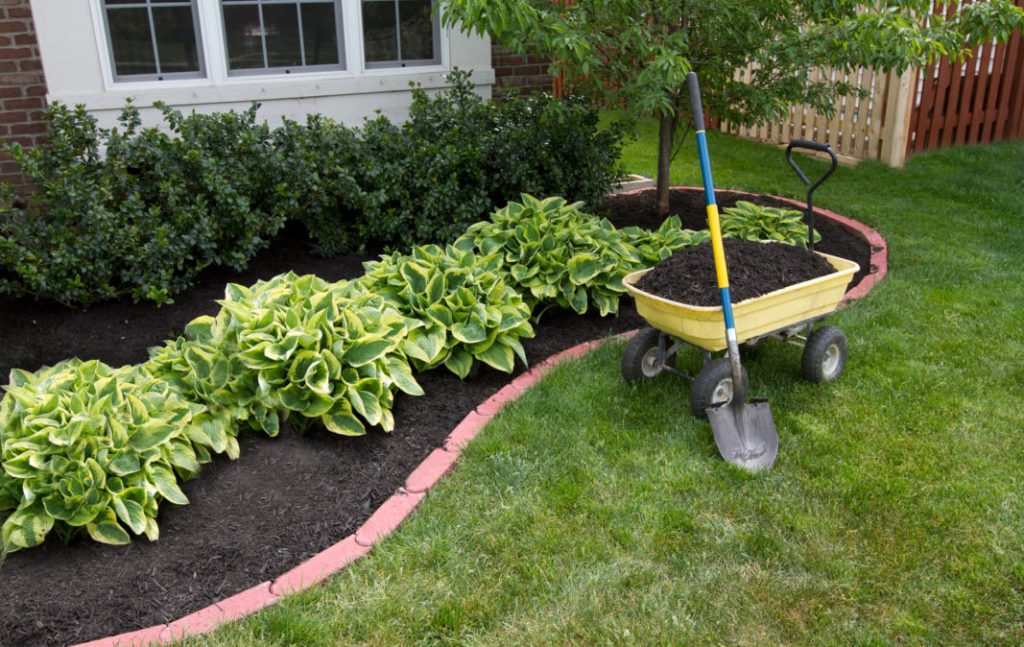The question is always: to mulch or not to mulch? In this article we give you a breakdown to make the best decision for your garden!
With the hot and dry we have been experiencing the past few weeks, all our gardens are literally feeling the heat. One of the easiest and simplest methods to help our gardens through this extreme weather unscathed is by mulching. Mulching basically means covering the top of the soil with an organic or inorganic material that acts as a barrier between the soil and the harsh outside conditions. The benefits are plentiful and one will definitely see the difference in the garden.

Supplement mulching with a slow-release fertilizer as some of the microbes that help to break down the mulch use quite a bit of nitrogen to break the mulch down. Pine needles increase the acidity of the soil, making it ideal for use as mulch around acid-loving plants. Dried grass clippings shouldn’t be applied too thick as it will rot instead of decomposing-try and aim for a layer no thicker than 2cm.
Benefits
- Prevents weed seed from germinating
- Reduces evaporation thus conserving water
- Keeps microbes and other life happy and healthy
- Mulched gardens don’t need digging or working fresh soil into the ground
- Mulching feeds the garden as it breaks down
- Mulching prevents a crust forming on top of the soil thus keeping soil erosion to a minimum
- Keeps plants roots cool during summer and snug during winter

Nature’s bounty during autumn provides an incredible resource for garden enhancement—leaves. These natural materials can be utilized as effective mulch, enriching soil and promoting plant growth year after year. Spread the leaves on top of the soil or use them in the compost heap. Living mulches are plants that spread and cover the ground thus having the same effect as other mulches by conserving water. Using a living mulch allows you to brighten up an area and introduce different colours and textures whilst having all the benefits of mulching.
Where possible try and use indigenous groundcovers. Some examples of mulches are:
Organic mulches
- Bark and wood chips
- Compost
- Dried grass cuttings
- Raked leaves
- Nutshells and peach pips
- Pine needles
- Rooibos
- Shredded newspaper
Inorganic mulches
- Gravel
- Pebbles
- Plastic sheeting
- River sand
- Stones
Living mulches
- Asparagus fern
- Bacopa
- Gazania
- Hen and chicken
- Kingfisher daisy
- Mondo grass
- Plectranthus
- Succulents
- Verbena
- Vygies
- And many others
How to apply
Lightly rake the area that you want to cover with mulch to ensure that it is even and level. The thickness at which you apply your mulch depends on the density of the mulch. With a dense mulch such as compost or dried grass clippings, a 2-5cm layer is more than enough whereas a mulch like bark chips needs to be applied thicker, around 5-7cm. As organic mulches break down they need to be replenished. Compost, for instance, breaks down faster than bark chips. Remember to mulch your pots and containers as they dry out faster than the garden beds. Always leave a small gap (2-3cm) around the trunk and stems of a plant to prevent possible stem rot.

Image from: Merrifield Garden Centre
Opting for a natural garden cover is a fantastic way to save time and money, offering countless advantages. By incorporating this technique, you can free up valuable time for the activities you enjoy, rather than constantly tending to watering and weeding. Let nature lend a helping hand in your gardening endeavors, simplifying the process for you.
HAPPY MULCHING
View another mulching article here on how to create your own top soil or compost.
